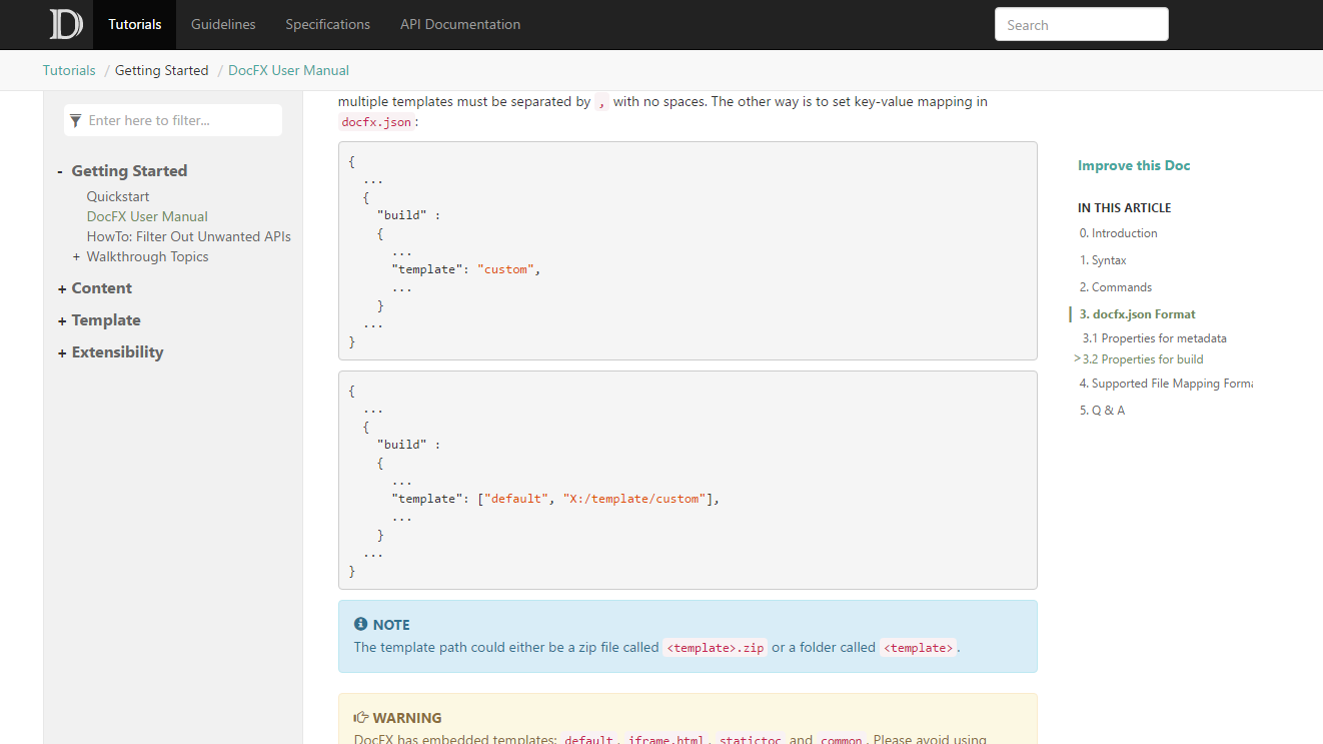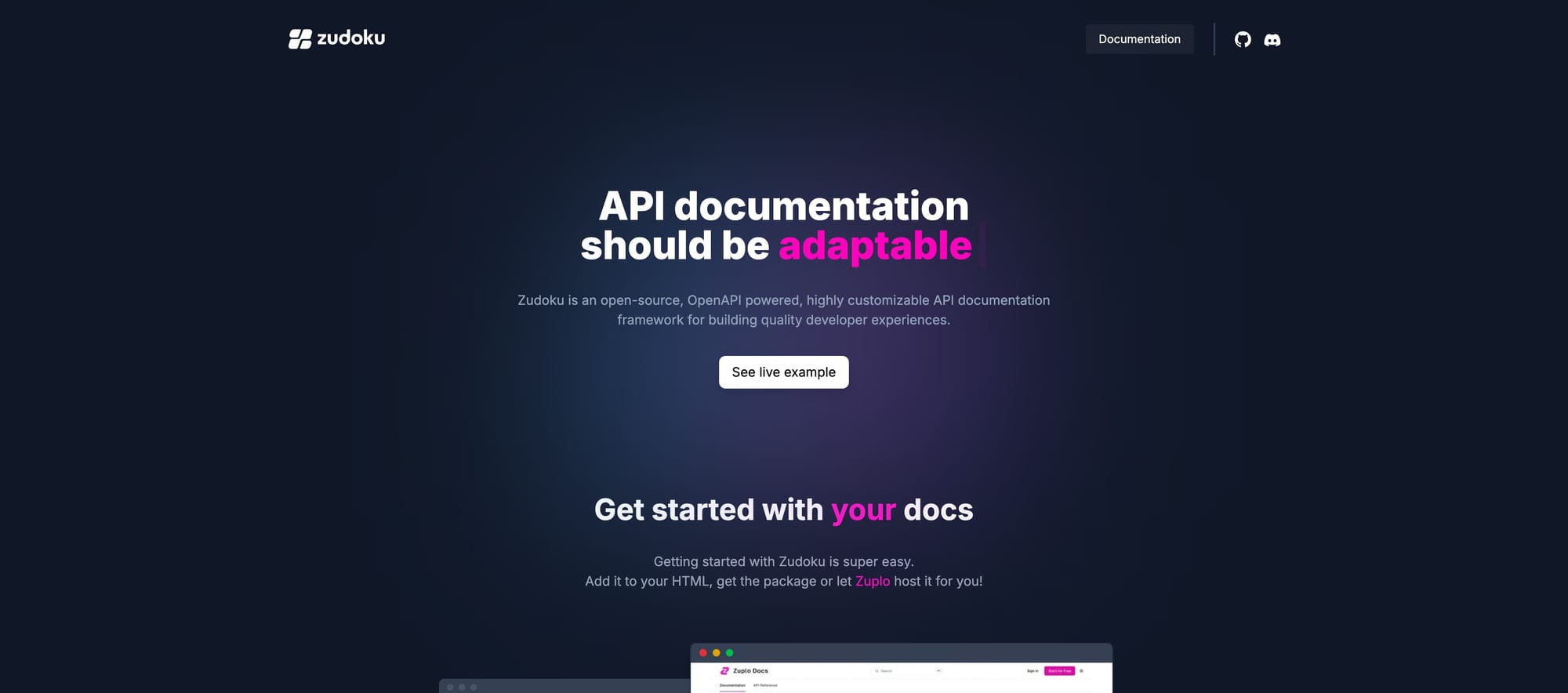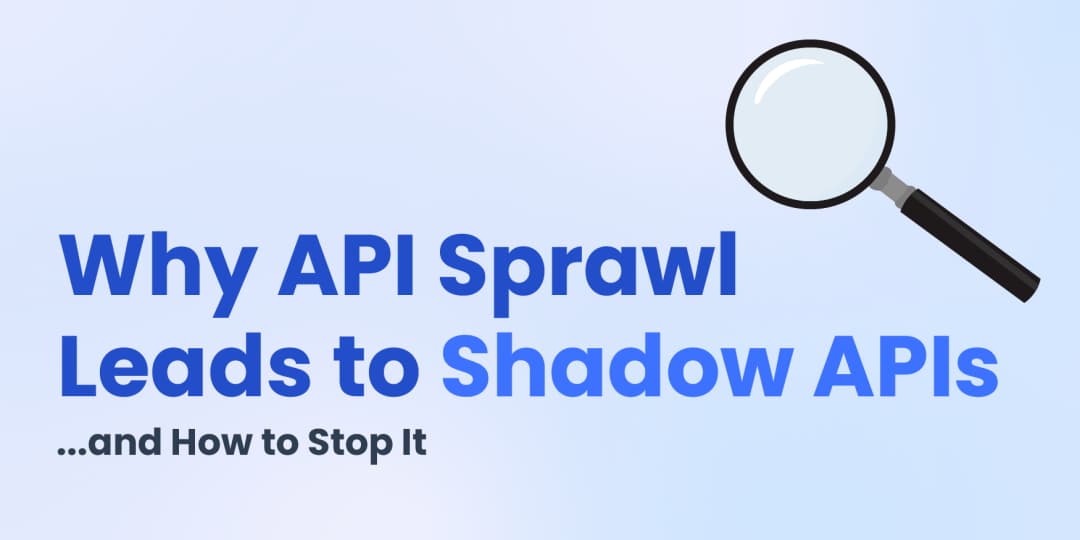API Design | Jul 12, 2024 | 13 min read | By Savan Kharod | Reviewed by David Blažević

Savan Kharod works on demand generation and content at Treblle, where he focuses on SEO, content strategy, and developer-focused marketing. With a background in engineering and a passion for digital marketing, he combines technical understanding with skills in paid advertising, email marketing, and CRM workflows to drive audience growth and engagement. He actively participates in industry webinars and community sessions to stay current with marketing trends and best practices.
As developers, we all know the importance of clear and comprehensive API documentation. But, creating one from scratch can be challenging and time-consuming, especially when your team or company releases API updates every day or every week. API documentation tools can help you with this.
In this article, we will be covering the top 12 API documentation tools and compare them on their pros, cons, and pricing so you can make an informed decision.
API documentation tools are specialized software applications designed to assist developers in creating, managing, and presenting documentation for APIs. These tools streamline the process of generating comprehensive, accurate, and user-friendly documentation by automating many of the tedious processes. Using a top API documentation tool can significantly enhance efficiency and accuracy.
A well-structured API documentation tool makes it easier for developers to understand and integrate with your API. But even with the best tools, knowing how to write clear and effective documentation is key. If you’re looking for tips on structuring your API docs, this guide on writing better API documentation breaks down best practices with real examples.
API documentation tools often include features such as interactive API documentation, code samples, tutorials, and real-time testing capabilities. The primary goal of these tools is to make it easier for developers to understand how to use an API effectively, thereby improving the overall developer experience and ensuring that APIs are utilized correctly and efficiently.
Stop writing docs manually—generate and update them automatically.
Treblle builds clean, accurate API docs with zero extra effort.
Explore Treblle
Stop writing docs manually—generate and update them automatically.
Treblle builds clean, accurate API docs with zero extra effort.
Explore Treblle
There are tens of API documentation software available in the market today. Here, we have included the 12 best API documentation tools and compared them for their pros, cons, and pricing.
Treblle is a comprehensive API Intelligence tool and a top API documentation tool that offers an automated API documentation feature. This feature automatically generates comprehensive and interactive API documentation directly from your code, saving developer time and improving efficiency by ensuring accuracy.
As soon as you navigate to the ‘API docs’ section in your Treblle dashboard, the tool automatically creates a developer portal with all the API, all the endpoints, and anything else that you would need. Treblle also supports OpenAPI specifications, you can open any documentation in Swagger and share it with anyone.
Treblle API Documentation
Additionally, Treblle comes with an auto-knowledge updating feature, meaning that you don’t need to manually update the Treblle agent about your API versioning or any other changes, it automatically updates its knowledge from your environment so every time you request API documentation or an integration documentation, it would be up to date and accurate.
Alfred AI is an AI-powered assistant for modern developer portals that can be integrated natively into your ecosystem to help you generate integration code and SDKs in any language based on your API documentation.
Think of it as an extra engineer in your team who can answer all your API questions based on his knowledge of your APIs and your environment.
Got an integration problem? Ask Alfred! Need to write a new SDK? Want to find a particular API from hundred of APIs? Ask Alfred.
Alfred - AI powered API Assistant from Treblle
Treblle offers a free version as well as a paid version:
Stop writing docs manually—generate and update them automatically.
Treblle builds clean, accurate API docs with zero extra effort.
Explore Treblle
Stop writing docs manually—generate and update them automatically.
Treblle builds clean, accurate API docs with zero extra effort.
Explore Treblle
SwaggerHub is a leading platform for API design and documentation, known for its robust set of features that cater to both individual developers and large teams. It supports the OpenAPI Specification, making it easy to create, share, and manage API definitions. SwaggerHub’s collaborative environment allows multiple stakeholders to contribute to the API documentation process, ensuring consistency and accuracy.
Pros:
Cons:
Pricing:
G2 Score:
Postman is widely recognized for its API testing capabilities, but it also excels in API documentation. It provides a comprehensive suite of tools for designing, testing, and documenting APIs. The platform’s auto-generated documentation feature allows developers to quickly create detailed and interactive API docs that include code examples and dynamic responses.
Pros:
Cons:
Pricing
G2 Score:
Redocly is one of the best API documentation tools for creating interactive API docs according to OpenAPI specifications. It offers a customizable and visually appealing interface that enhances the user experience. Redocly’s focus on usability and accessibility ensures that the documentation is not only comprehensive but also easy to navigate.
Pros:
Cons:
Pricing:
G2 Score:
ClickHelp is a versatile API documentation tool for creating, managing, and publishing documentation. It supports multiple formats and provides an intuitive editor, making it easy for teams to collaborate. The platform includes advanced features like single-sourcing, content reuse, and conditional content, ensuring efficiency and consistency across all documentation projects.
Pros:
Cons:
Pricing:
G2 ratings:
ReadMe is designed to make API documentation interactive and user-friendly. It offers a range of features including interactive tutorials, dynamic code examples, and a developer-friendly interface. This API documentation tool focuses on user engagement and helps developers understand and use APIs more effectively.
Pros:
Cons:
Pricing:
G2 ratings:
APIDog is a versatile tool designed for creating and managing API documentation efficiently. It provides a comprehensive set of features that cater to both novice and experienced developers. The tool offers an intuitive interface for designing and documenting APIs, making it easy to create clear and detailed documentation.
This API documentation tool also supports real-time collaboration, allowing teams to work together seamlessly on API projects. With robust search capabilities and customizable templates, APIDog ensures that your documentation is both accessible and professional.
Pros:
Cons:
Pricing:
G2 ratings:
Apiary, now part of Oracle, is a comprehensive API management tool that focuses on API design and documentation. It supports the API Blueprint format and provides an interactive editor that allows for real-time collaboration and instant API mockups.
Pros:
Cons:
Pricing:
G2 ratings:
Stoplight offers a suite of tools for designing, documenting, and testing APIs. It provides a visual editor for creating OpenAPI specifications and a powerful documentation generator. Stoplight’s focus on ease of use makes it a popular choice for both small teams and large enterprises.
Pros:
Cons:
Pricing:
G2 ratings:
Slate is an open-source API documentation tool that generates static API docs. It is known for its clean and modern design, making it easy to read and navigate. Slate supports Markdown, allowing developers to write documentation in a simple and efficient manner.
Pros:
Cons:
Pricing:
G2 ratings:

DocFx is an open-source documentation generator that supports multiple languages and formats. It is highly extensible and can be integrated into various CI/CD pipelines. DocFx is suitable for both API documentation and general technical documentation.
Pros:
Cons:
Pricing:
G2 ratings:

Zudoku is an open-source API, OpenAPI powered, highly customizable API documentation framework for building quality developer experiences. Zudoku is built-on top of a powerful plugin system - so you can easily extend it with your own plugins to unlock new features.
Pros
Cons
Pricing
G2 Rating
Stop writing docs manually—generate and update them automatically.
Treblle builds clean, accurate API docs with zero extra effort.
Explore Treblle
Stop writing docs manually—generate and update them automatically.
Treblle builds clean, accurate API docs with zero extra effort.
Explore Treblle
When choosing an API documentation tool, consider these factors to pick the best tool for your documentation needs:
Now that you know how to pick the best API documentation tool, her ere are some of the benefits of implementing one in your workflow:
Selecting the right API documentation tool, especially a top API documentation tool, is vital for enhancing the developer experience, maintaining consistent and high-quality documentation, and ensuring efficient API management. Utilizing API documentation software can streamline these processes and improve overall productivity.
Treblle’s comprehensive documentation capabilities, real-time insights, and user-friendly interface make it an exceptional choice for developers seeking an all-in-one solution.
Using Treblle, you can significantly improve API usability, streamline the development process, and foster greater adoption and satisfaction among your API users.
Stop writing docs manually—generate and update them automatically.
Treblle builds clean, accurate API docs with zero extra effort.
Explore Treblle
Stop writing docs manually—generate and update them automatically.
Treblle builds clean, accurate API docs with zero extra effort.
Explore Treblle
 API Design
API DesignAPI authorization defines what an authenticated user or client can do inside your system. This guide explains authorization vs authentication, breaks down RBAC, ABAC, and OAuth scopes, and shows how to implement simple, reliable access control in REST APIs without cluttering your codebase.
 API Design
API DesignRate limiting sets hard caps on how many requests a client can make; throttling shapes how fast requests are processed. This guide defines both, shows when to use each, and covers best practices.
 API Design
API DesignUnmanaged API growth produces shadow endpoints you can’t secure or support. This guide explains how sprawl creates blind spots, the security and compliance risks, and a practical plan to stop it at the source.